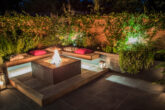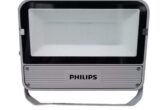Last updated on February 17th, 2024 at 09:40 pm
Here is a summary of the various types of light bulbs:
Broadly, the most common types of light bulbs are:
- Light-Emitting Diode (LED) Bulbs
- Incandescent Bulbs
- Compact Fluorescent (CFL) Bulbs
- Halogen Bulbs
- Fluorescent Light Bulbs
You can also classify light bulbs depending on:
- Wattage – 40w, 60w, etc.
- Shape – Standard, Capsule, Globe, Candle, Tube, Spiral, Candle Angular, Floodlight, or Specialty Design
- Bases – Screw Bases, Twist & Lock Bases, Pin Bases and Bi Pin Bases
With this information, let’s explore the different types of light bulbs in details:
Types of Light Bulbs
LED Lights
Light Emitting Diode (Led) is a device that produces light when electric current pass through them.
LED Light Uses
- Automotive lighting as rear-window and brake lights.
- Dimming of lights
- Smartphone backlighting
- Used in electronics devices as indicator lamps.
- Tv backlighting
Applications of LED Light
- Optical communication.
- Alarm and security system.
- Remote-controlled operation.
- Data communication.
- Used in medical services.
Limitations of LED Bulbs
- The cost of manufacturing led are high and therefore led is expensive to purchase.
- Overheating can reduce lamp life this is due to limited air supply.
- LED cannot serve a large area. It requires special designs.
- Built-in design. Led parts can’t be replaced with any other traditional parts.
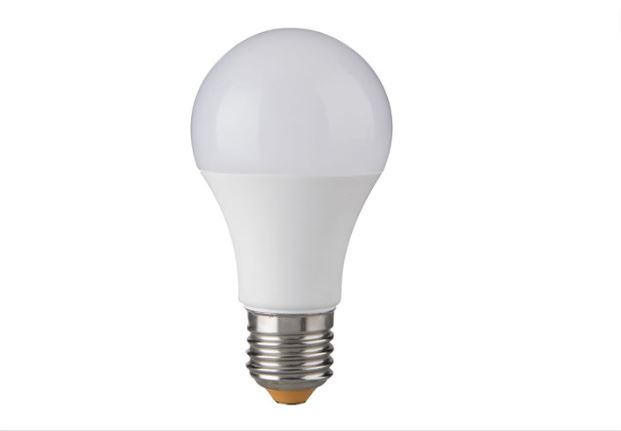
Features of LED Bulbs
- Directional lighting – LED emits their light in one direction rather than all direction.
- Reliable – LED are durable and reliable compared to other light bulbs.
- Energy Efficiency – LED have lumen output that turn energy into light.
- They are long life – LED does not require regular replacement like compared to other bulbs.
You can also learn more about: Benefits of LED Lighting, How Long LED Lights Last, and LED Lights Specifications.
Halogen Light Bulb
Halogen bulbs are high pressure lamp that consist of tungsten filament sealed in a compact transparent envelope with mixtures of inert gas and small amount of halogen.
Uses of Halogen Bulbs
- Under cabinet lighting
- It can also be used in work Lighting
- Halogen is used in automotive like headlamps
Applications of Halogen Light Bulbs
- Outdoors and robot application
- Commercial and residential
- Industrial image processing.
Features of Halogen Bulbs
- Halogen lights generates strong heat. They have strong intermolecular attraction.
- The bulbs durability depend on power on/off cycles.
- Halogen have long switching times. Halogen bulb light take some time to glow after being switched on.
- They have high infrared emission.
Limitations of Halogen
- Emits a lot of heat – It can be uncomfortable to sit under halogen bulbs due to the heat they produce.
- More costly – Halogen are more costly compared to incandescent bulbs.
- High pressure gas – Halogen requires shielding in most application incase they shatter because of the gas they produce.
- Halogen bulbs have short life span.
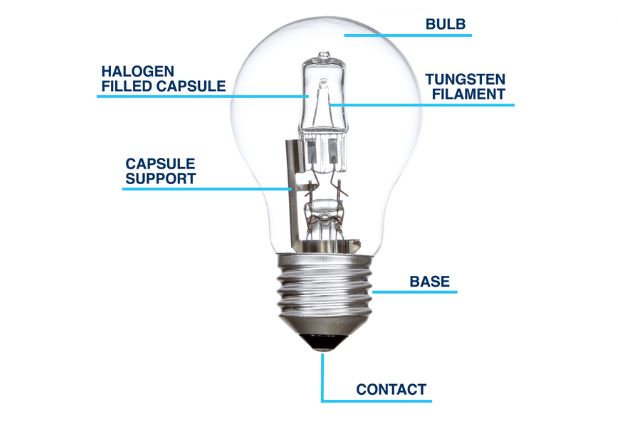
Halogen light bulb
You can also learn more about: Halogen Light Bulbs.
Compact Fluorescent Lamp
Compact Fluorescent lamp is an energy saving lamp that consumes less energy than incandescent lamp.
Uses of Compact Fluorescent Bulb
Compact Fluorescent lamp are mainly used in ceiling lighting and hallways sconces in hotel because of their size.
They are mainly used in:
- Residential Lighting
- Commercial Lighting
Limitations of CFL Bulb Type
Contain toxic materials – Compact Fluorescent lamp contain small amount of Mercury that when released as a gas contaminates the environment.
Light from CFL is omnidirectional – When they are switched on, light scatters in every direction.
CFL emits ultraviolet light – CFL produces ultraviolet light that may be harmful to eye sight.
Costly to recycle – Due to the Mercury produced by CFL, decomposing it need a lot of government regulations and procedures to impose it.
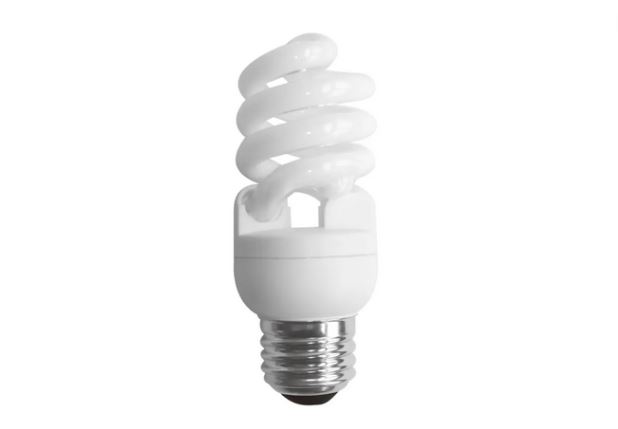
Features of Compact Fluorescent Bulb Light Type
- CFL consumes less power compared to incandescent lamp
- Compact Fluorescent lamp is Energy efficient
- CFL produce different shape, colors that has made it versatile.
Fluorescent Lamp Bulb
Fluorescent lamp is a low pressure Mercury-vapor gas discharged lamp that uses Fluorescent to produce light.
Uses of Fluorescent Light Bulb
Fluorescent is used in normal lighting setups such as classroom lighting. They also provide illumination setting such as commercial lighting.
Applications of Fluorescent Bulb
Fluorescent lamp is used in various ways like:
- Commercial Lighting
- Industrial Lighting
- Retail Lighting
Features of Fluorescent Bulbs
- Fluorescent have a short life span
- They are suitable to temperature fluctuation and under perform in colder temperatures.
- Energy efficient – They do not produce as much heat as traditional lighting options.
Limitations of Fluorescent Bulbs
- They have a buzzing sound that gives off when turned on.
- Fluorescent lamp have flickering light.
- Fluorescent lamp are dimmable.This can cause the lamp to prematurely burn.
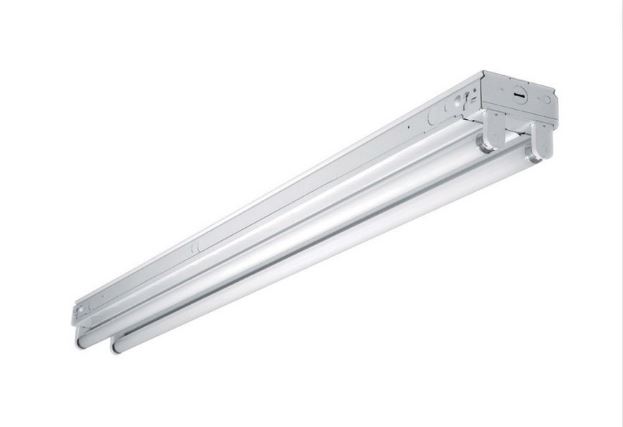
High-Intensity Discharge Lamp
High intensity discharge lamp light passes electric current through a gas to create light.
Uses of High Intensity Discharge Lamps
- HID is used in indoor gardening to plant that require high level of direct sunlight.
- High density discharge lamp is used to reproduce tropical intensity sunlight for indoor aquaria.
- It is used in high performance bicycles headlamp and flashlight and other portable light because they produce a great a mount of light per unit of power.
- HID is used in underwater diving.
Some more specific applications include street lights, warehouse, Movie Theater, plant growing rooms, large retail facilities, etc.
Limitations of High Intensity Discharge Lamps
- The blue light of HID headlight proves to scatter more with water droplets.
- HID headlight is the brightness in rearview mirror and this cause a problem for drivers in front of another vehicle.
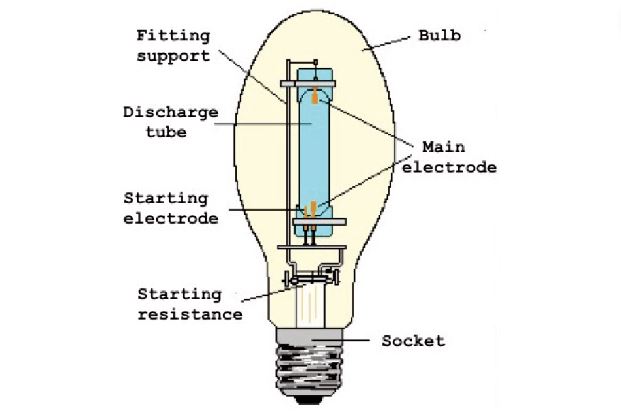
Incandescent Bulb
Incandescent bulb has a wire filament that is heated until it glows or produces light.
Applications and Uses of Incandescent Light Bulb
Incandescent bulb are used in various ways:
- Used in advertising Lighting
- It used in commercial Lighting
- Used in incubators
- It is used in bathroom vanities.
Features of Incandescent Light Bulb
- Incandescent bulb has low manufacturing cost
- It requires no external regulations equipment
- Incandescent works well in either direct current or alternative current.
- Natural colored light. Incandescent bulb produces light that is very close to the color of the sunlight.
Limitations of Incandescent Light Bulb
- Incandescent bulb has a short life span compared to others like led.
- It is expensive – Incandescent bulb consumes more energy.
- High fragile – They use very thin glass shell and crack or shatter at the smallest provocation.
Mercury-vapor Lamp
Mercury vapor lamp is a gaseous discharge lamp in which the arc discharge take place in Mercury vapor. It is used for illumination.
Features of Mercury Vapor Lamp
- They provide long lasting source of light
- It output is clear white light
- Mercury vapor lamp are Energy efficient.
Uses of Mercury Vapor Lamp
Mercury vapor lamp is mostly used in:
- Streets light
- Gyms
- Stores
- Sport arenas
- Banks
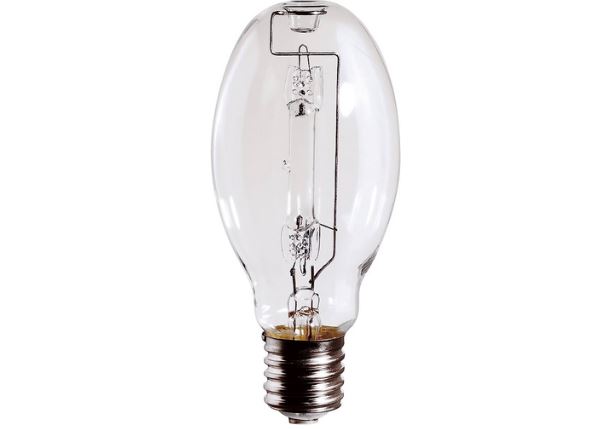
In addition to these, these types of light bulbs have poor lumen maintenance compared to other sources of light. Additionally, mercury vapor lamp are inefficient source of light. Lastly, mercury vapor lamp ballast are noisy.
Various types of light bulbs contribute a lot in many applications such as a lot in commercial, industrial, residential and hospitality among others. There are different types of light bulbs and each contribute differently as mentioned above.
When choosing a bulb light, there are many things customers consider before buying like quality, function, warranty and after sales services. Also, you should consider the various light bulb specifications, it will be a sure way to get perfect lights.
